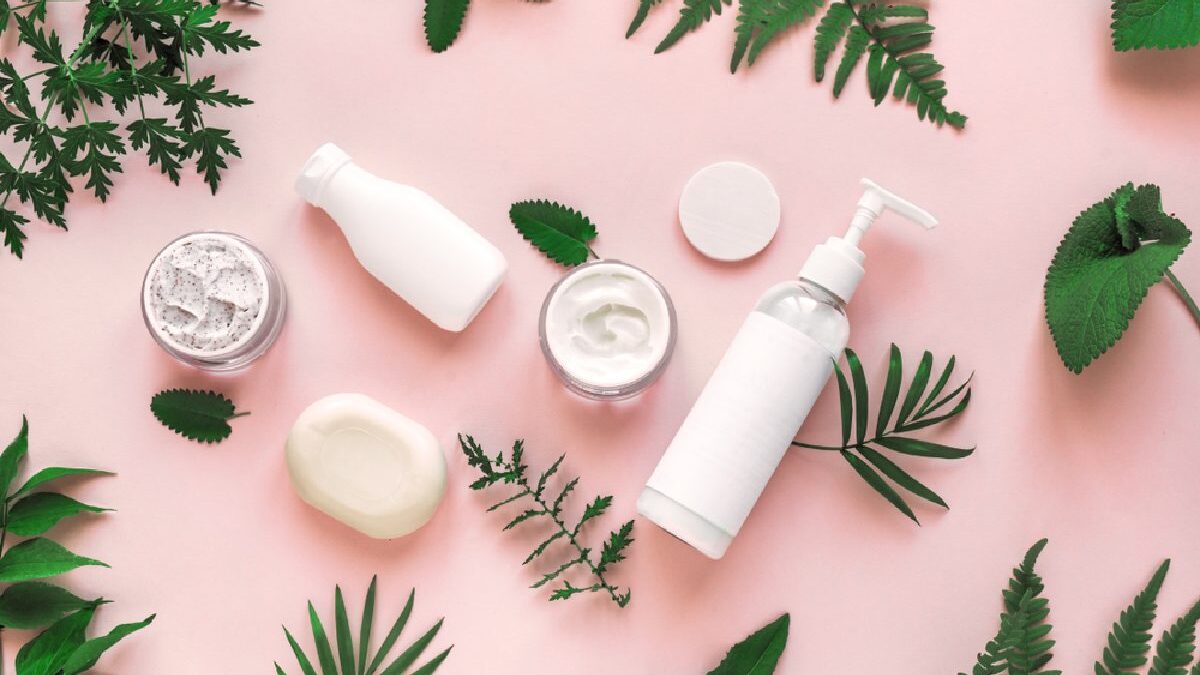
Your skin is the largest organ in your body. This adage may be true, but the skin that covers muscles and bones varies from person to person. You may have a tendency to break out while your friend’s skin is clear. Or you might notice a few freckles on your nose, while your neighbor has many moles.
It is essential to understand the type of skin that you have in order to care for it. Skin care does not fit all. To have the best-looking skin, you need to understand your skin type, its needs, and use products that are designed for it.
Let’s take a look at four different skin types, and learn how to treat them.
Normal Skin
Normal skin is not necessarily the same as clear skin. The skin is usually clear, without obvious imperfections and neither oily nor dry. This type of skin does not require special products. A basic face wash, moisturizer and sunscreen should be sufficient.
It may be that your skin is fine and doesn’t need any special products. Consult a dermatologist before purchasing any product. Click here to find the most recommended doctor in Dubai.
Dry Skin
The environment can cause dry skin, such as low humidity levels or showering in hot water. Atopic dermatitis (also known as eczema) can cause dry skin. If dry skin is a problem, it can cause discomfort. Your face may feel tight and red, or even crack. Eczema sufferers also feel itchy. Start by removing as many environmental factors as possible. For example, refrain from taking long, hot showers or baths. Mayo Clinic suggests looking for products that have moisturizers. Apply oil-based products like petroleum jelly or baby oil while the skin is still moist after bathing. Choose mild soaps with added oils and fats instead of harsh cleaners.
Sensitive skin
This type of skin is also known as irritated and will react to many things that would not bother normal skin. You may have sensitive skin if regular soap makes your skin feel tight or red, or if certain laundry soaps cause breakouts or a skin rash. If you have to avoid any cleanser with dye or perfume, then you have sensitive skin. Avoid scented and colored cleansers, laundry soaps, and moisturizers to avoid these reactions. When shopping for products that will be in contact with skin, look for words such as “hypoallergenic”, “pH-balanced” or “unscented”.
Oily Skin
The sebaceous cells of the body produce too much fat. This causes the skin to appear shiny. Oily skin is common in younger people, and can lead to acne breakouts. Acne skin care can be very helpful in treating oily skin. The 2 step Spotless Regimen by Rodan + Fields, for example, is an acne treatment that works on teens and adults. It includes an acne facewash and an acne clearing cream. You can reduce breakouts by using acne products designed for teens and adults instead of generic cleansers.
Watch Your Moles
You may see moles on your skin, no matter what kind of skin type you have. According to the American Academy of Dermatology Association, almost every adult has a few moles. Those with lighter skin can have up to 40. Please make an appointment to see a dermatologist if you notice any new moles, or those that are changing, growing, itching or bleeding.
Take Care of Your Skin
It takes more than a simple bar of soap from the supermarket to care for your skin. You should study your skin type to determine the best products to use. Check for moles, as well as any other problems, while you’re at it. Your body’s biggest organ will look and feel its best.
Related posts


